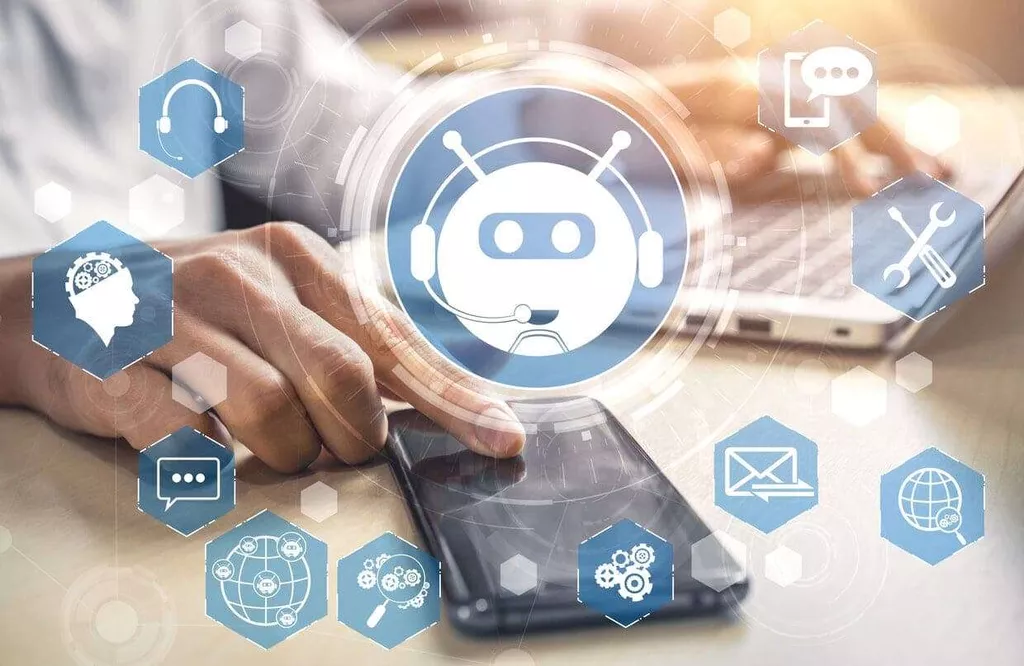
Deep learning is a specialized type of machine learning that attempts to mimic the human brain through data inputs, weights and biases to identify, classify and describe objects in data. Algorithms can ingest and process unstructured data and automate feature extraction, eliminating some pre-processing typically performed by humans. The above definition encapsulates the ideal objective or ultimate aim of machine learning, as expressed by many researchers in the field. The purpose of this article is to provide a business-minded reader with expert perspective on how machine learning is defined, and how it works. Machine learning and artificial intelligence share the same definition in the minds of many however, there are some distinct differences readers should recognize as well. References and related researcher interviews are included at the end of this article for further digging.
With error determination, an error function is able to assess how accurate the model is. The error function makes a comparison with known examples and it can thus judge whether the algorithms are coming up with the right patterns. George Boole came up with a kind machine learning simple definition of algebra in which all values could be reduced to binary values. As a result, the binary systems modern computing is based on can be applied to complex, nuanced things. Machine learning involves enabling computers to learn without someone having to program them.
They are capable of driving in complex urban settings without any human intervention. Although there’s significant doubt on when they should be allowed to hit the roads, 2022 is expected to take this debate forward. However, the advanced version of AR is set to make news in the coming months.
Moreover, the travel industry uses machine learning to analyze user reviews. User comments are classified through sentiment analysis based on positive or negative scores. This is used for campaign monitoring, brand monitoring, compliance monitoring, etc., by companies in the travel industry. Based on its accuracy, the ML algorithm is either deployed or trained repeatedly with an augmented training dataset until the desired accuracy is achieved. Machine learning derives insightful information from large volumes of data by leveraging algorithms to identify patterns and learn in an iterative process.
Reinforcement learning is a type of machine learning where an agent learns to interact with an environment by performing actions and receiving rewards or penalties based on its actions. The goal of reinforcement learning is to learn a policy, which is a mapping from states to actions, that maximizes the expected cumulative reward over time. “Deep learning” becomes a term coined by Geoffrey Hinton, a long-time computer scientist and researcher in the field of AI. He applies the term to the algorithms that enable computers to recognize specific objects when analyzing text and images. Researcher Terry Sejnowksi creates an artificial neural network of 300 neurons and 18,000 synapses. Called NetTalk, the program babbles like a baby when receiving a list of English words, but can more clearly pronounce thousands of words with long-term training.
Data from the training set can be as varied as a corpus of text, a collection of images, sensor data, and data collected from individual users of a service. Overfitting is something to watch out for when training a machine learning model. Trained models derived from biased or non-evaluated data can result in skewed or undesired predictions. Bias models may result in detrimental outcomes thereby furthering the negative impacts on society or objectives.
Now, we have to define the description of each classification, that is wine and beer, in terms of the value of parameters for each type. The model can use the description to decide if a new drink is a wine or beer.You can represent the values of the parameters, ‘colour’ and ‘alcohol percentages’ as ‘x’ and ‘y’ respectively. These values, when plotted on a graph, present a hypothesis in the form of a line, a rectangle, or a polynomial that fits best to the desired results. Inductive logic programming (ILP) is an approach to rule learning using logic programming as a uniform representation for input examples, background knowledge, and hypotheses. Given an encoding of the known background knowledge and a set of examples represented as a logical database of facts, an ILP system will derive a hypothesized logic program that entails all positive and no negative examples.